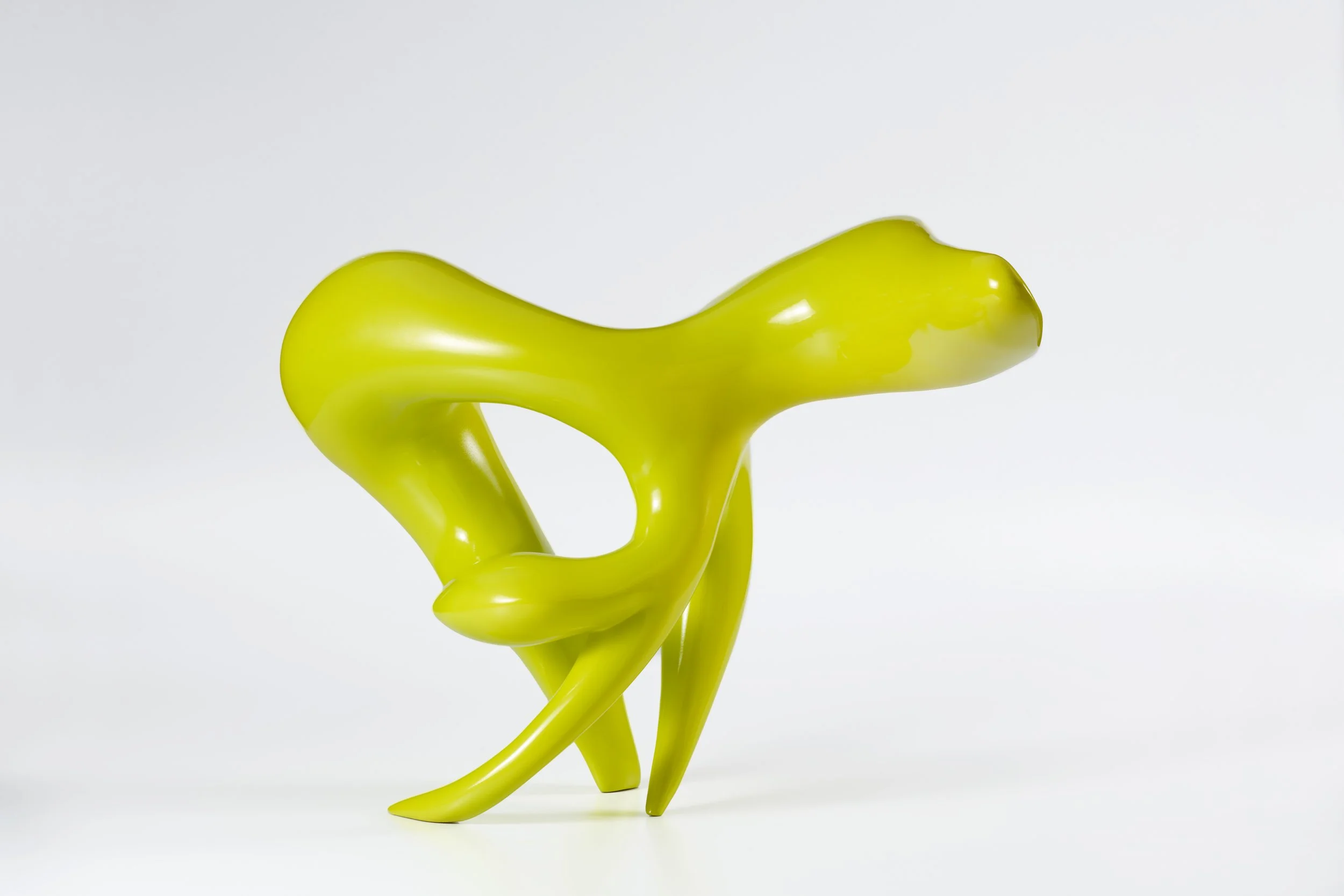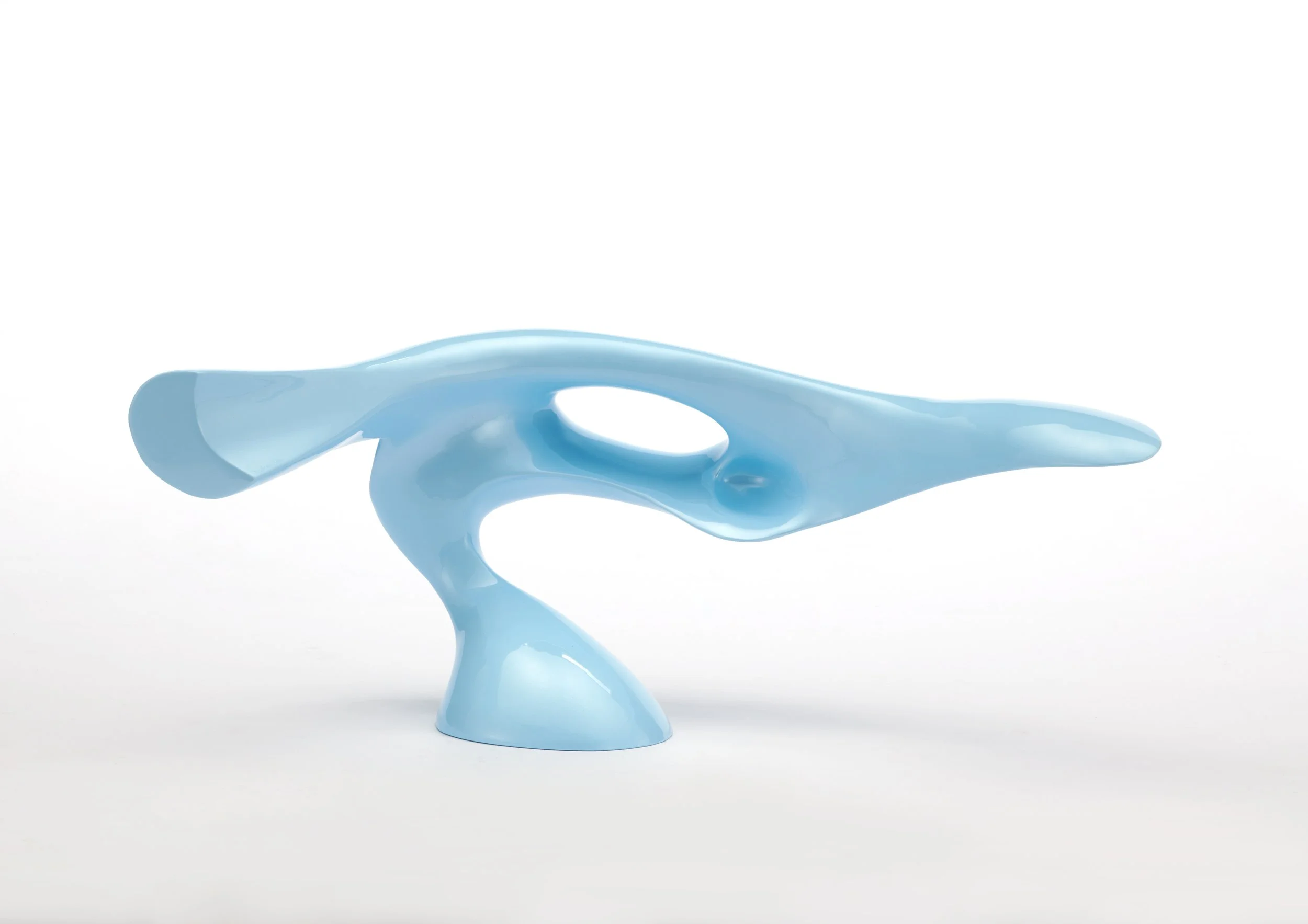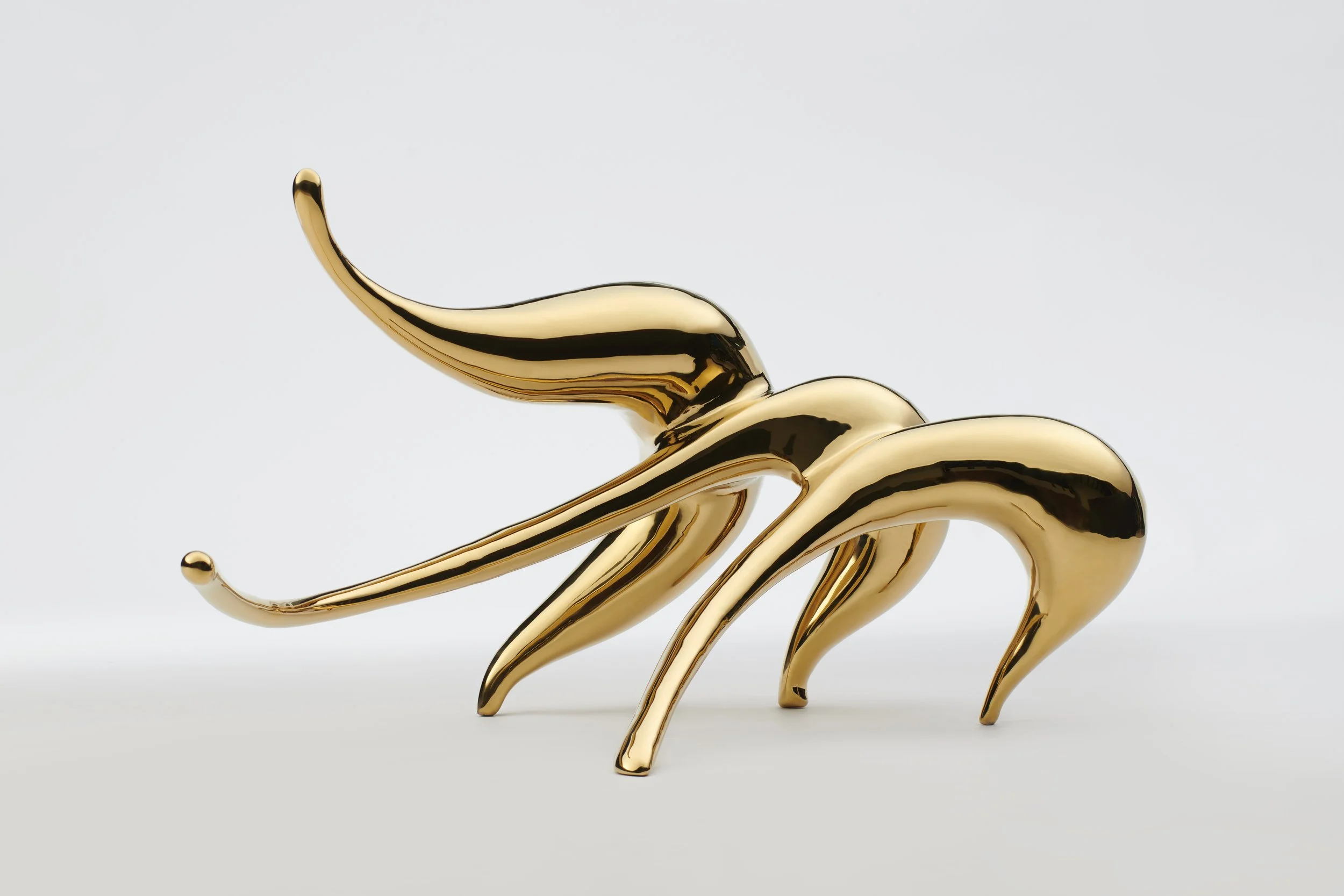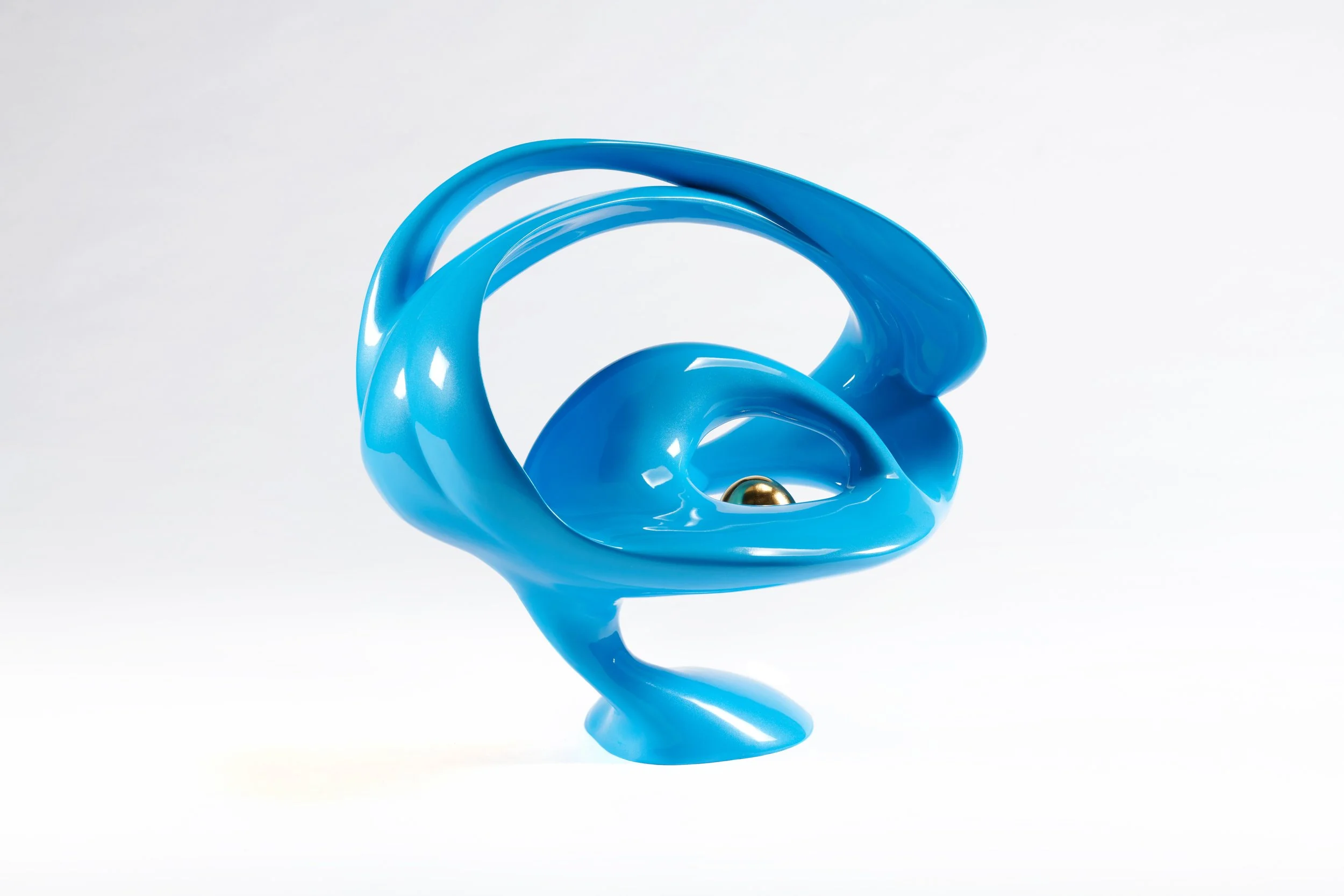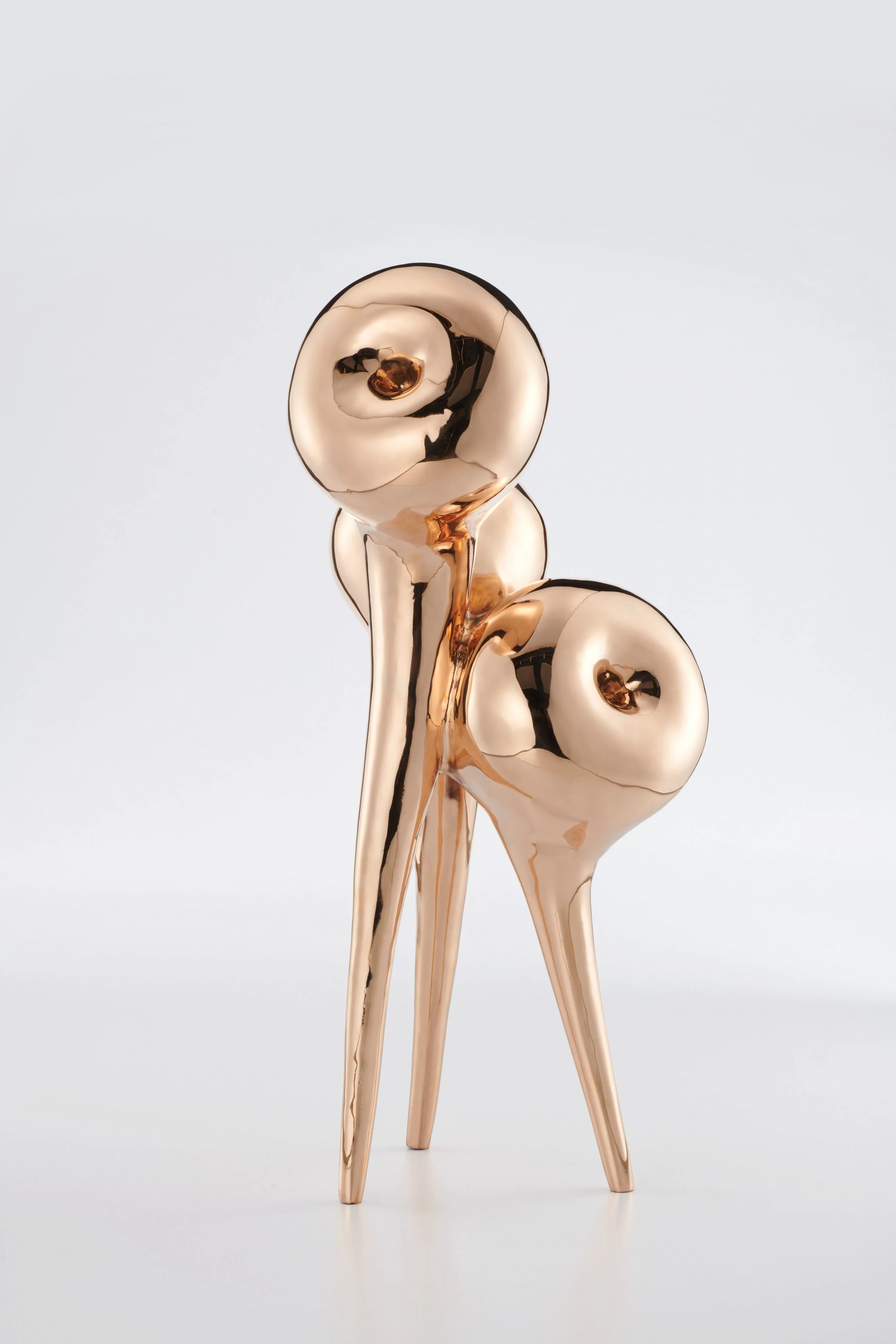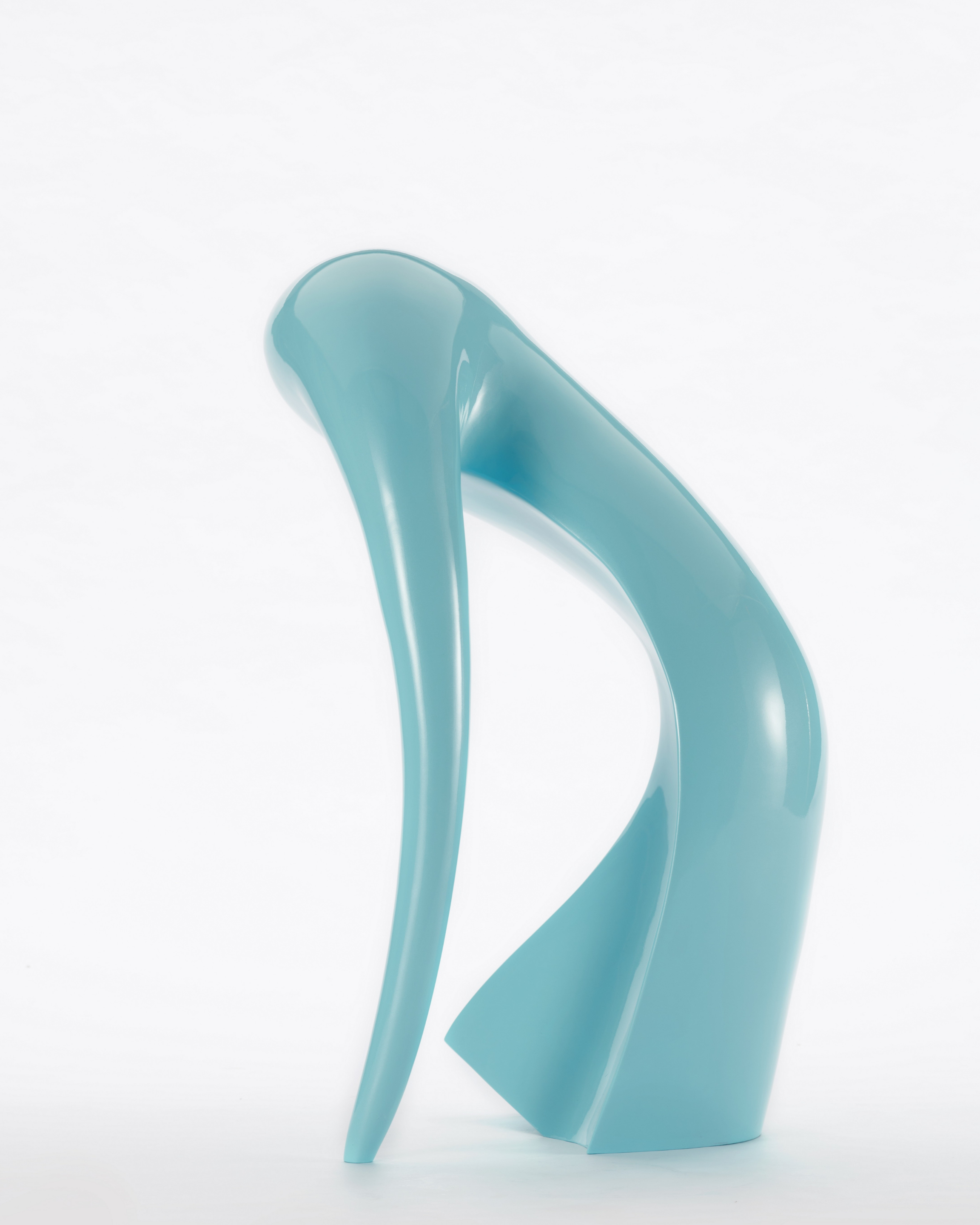Capturing Motion: The Sculptural Vision of Jason Shih
Taoyuan City, TAIWAN
Jason Shih was born in 1972 in Taiwan. In 1991, he began to specialize in metal sculpture when he was a sophomore in the Fine Arts Dept. of Taipei National University of the Arts. In 2001, he graduated from School for American Crafts, Rochester Institute of Technology, USA, and majored in Metal Sculpture. And then, he served as the metal sculptor Albert Paley's assistant, involved in crafts and public art work practices. Furthermore, he earned his Art Ph. D. from China Academy of Art, China (2015). Now, he lives in Taiwan, and consistently engages in the both areas of sculpture and public art.
Jason Shih’s artistic vision is shaped by a diverse array of influences, from contemporary dance to avant-garde fashion. He cites German choreographer Pina Bausch and British designer Alexander McQueen as significant inspirations. Bausch’s explorations of time and space resonate with Shih’s interest in sculpture’s capacity to embody kinetic energy and spatial imagination. McQueen’s innovative approach to contemporary imagery and themes provides Shih with a broad canvas for creative expression.
Shih’s work is also influenced by the aesthetic principles of Futurism and Constructivism, movements that emphasize dynamic energy and continuous motion. These influences are evident in his pursuit of capturing the beauty of movement and the elegant restraint of natural forces. Shih’s sculptures often depict moments of defying gravity, capturing the fleeting beauty of motion in a static form.
As a professional sculptor, Jason likes to experience the taste of life with perceptual observation in the subtle moments, and also likes the ever-changing situation of game shapes in the poetic imaginary space. For Jason, art creation is to share various moods and stories in daily life.
Jason, congratulations on being named Best in Show for your sculpture "Bird". To begin, can you share what first drew you to sculpture and how your artistic journey has evolved from those early explorations to the work you create today?
The issue that sculpture and ballet face together is "gravity", which is the matter of "support". Due to the different dynamic and static supporting conditions, a unique composition method and shape interest are created. Inspired by modern ballet, Auguste Rodin (1840-1917) allowed modern sculpture to step out of the established framework of the pedestal and gave the shape the freedom to stretch its own will. The subsequent development approaches such as Futurism (1909-1915), Constructivism (1917-1921), and Kinetic Art (1920-) have become one of the spiritual guides for sculpture to explore modern spatial phenomena. Abstract sculpture not only develops the grammar of visual aesthetics in which people use shapes to interpret psychology and emotions, but also gets rid of the passive purpose of replicating nature and reproducing reality, thereby touching the hearts of modern people with more concise and direct appeals. After being baptized by non-traditional raw materials and welding industrial technology, sculpture materials have stronger applicability and freer choices in application. The composition of sculpture no longer needs to rely on visual psychological support or other cognitive aesthetics. Formation becomes a material form of ideas, a spiritual and aesthetic sharing.
When you’re designing a sculpture, how do you balance technical/material constraints (e.g. working in metal, structural integrity, weathering) with your aesthetic vision?
The energy of the sculpture creator comes from willpower. The more energetic something is, the less it can be formed, produced or understood in terms of form. Only imagination and sensitivity derived from the ontology of life can be permanent, magnificent and infinite.
Public art presents unique challenges — in scale, site, durability, and audience. What are some of the biggest lessons you’ve learned through making public installations?
If architecture is condensed music, then sculpture is the dancer in space. With the dynamic viewing of the viewer, the sculpture's rich postures naturally transform with time, light and shadow. And in this huge space-time environmental theater, the wind on the lake, the fish swimming in the water, the herons standing by the water, or the rough waves, use color, shape and texture to interweave the interpretation of gravity and light and shadow. Dance beautifully. In the dynamic beauty of the abstract works, the audience will appreciate the simple beauty of lightness and streamlines that are gently evoked by the dancer's posture, as well as the light and shadow creation full of trend tension.
Looking forward: are there any themes, materials, or scales you haven’t yet explored but would love to? What’s an ambitious project you hope to realize someday?
I appreciate the worldview described by quantum mechanics, and I like to start from a humble belief and explore the original aesthetic interest of things around me. This belief is the energy basis for the creator to shape himself and the world. This is why he is able to realize the possibility of "flowers blooming for me and all things living for me". The ancients said, "The external teacher creates good fortune, and the inner source is the source of the heart." Through the accumulation of aesthetic experience, I believe that people can absorb this universal resonance, either intellectually or perceptually, in a personal way of interpretation under the triggering perception of aesthetic situations. As for the creator's motivation: shape is the material form of an idea. Once an energy or experience with aesthetic value is confirmed, it must be readily shared with others in a concise and refined form.
What advice would you give to emerging artists looking to find their unique voice in the world of fine art?
Sculpture uses visual techniques of color, shape, and texture to interpret the beauty of light, shadow, rhythm, and volume. Sculpture creators strive for qualities that can touch people's hearts. In fact, they are as abstract as temperature and smell, but full of profound penetrating power. This aura directly points to the human heart, an aesthetic sense that allows people to enter the drama in resonance, or it may be like nostalgia, embodied in the concern for seeing things and the timid expectation of being close to home. The sea breeze, mountain mist, morning sun, and glow, in addition to shape and color, there is also the memory of temperature. The smells of cooking smoke, hot soup, wooden tables, and pottery cups echo the gradual tones of nostalgia. In people's daily aesthetic experience, the temperature and smell memories accompanied by touch often become a trigger for reliving old dreams. The work involved in sculpture creation is to "condensate" the presence of various beautiful things in this dazzling beautiful time and space in an appropriate way and with true emotions. As a sculpture creator, I like to experience life through perceptual observation in subtle moments, and he also likes to play with ever-changing shapes in a poetic imaginative space. For me, artistic creation itself is a kind of emotion, allowing me to share various moods and stories in life.
Anything else you want our audience to know about you?
I am very happy that my work can be recognized on the international stage. In the future, I will still focus on the delicate humanistic thinking of Eastern sentiments in my own creations, and continue to delve into the vivid expression techniques of contemporary visual art in form and color.
Jason Shih continues to push the boundaries of sculpture, transforming metal into expressions of movement, emotion, and imagination. Through his work, viewers are invited to witness the poetry of everyday life captured in extraordinary form.


